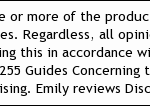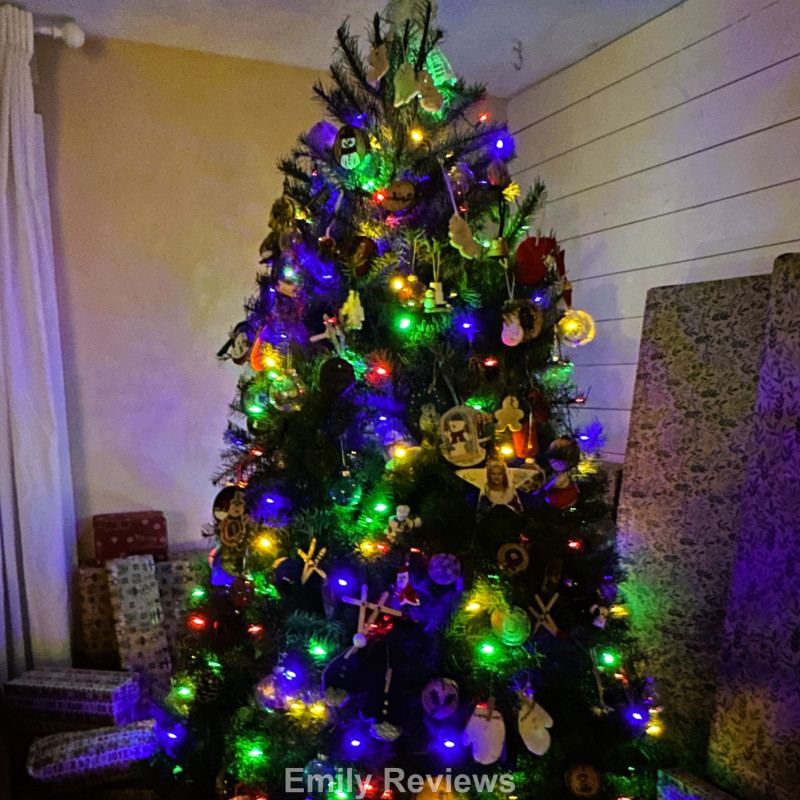This is a sponsored guest post.
LED WALL PACK WITH PHOTOCELL—WHAT YOU SHOULD KNOW?
Because of its low profile and excellent light output, wall pack lighting fixtures have been a popular option for industrial and commercial clients all over the world for many years.
Because of their tremendous light output, these fixtures have usually utilised HID or high-pressure sodium bulbs. Several first LED wall pack with photocells purchasers find it challenging to browse for these lights.
Worry not! In this post, I will let you know some of the basics of these lights so you can buy them without any hassle.
What exactly are LED wall pack lights?
This is a sort of light that is designed to be mounted on the side of a vertical surface and provides a broad-angle light pointing down to brighten sidewalks, building exteriors, and so on.
These are waterproof exterior light fixtures that are meant to be installed on vertical surfaces and send light downwards. These lights are ideal for separating walls because they use LED technology to produce high lumen output and illumination precision. You can easily buy them from Lepro.
In order to give optimal lighting coverage, these lights are often set above head level. Because they are designed to be put outside, these lights will have an IP65 or IP67 designation, indicating that they are weather and dust resistant.
Things to know about LED wall pack with photocell
Wattage
Wall pack lights are available in a number of wattages to accommodate a variety of applications and lighting needs. Furthermore, LED lights do not use nearly as much power as traditional lighting fixtures, making a simple wattage change unfeasible when compared to HID and sodium lamp technologies.
This is a one-of-a-kind wall pack in that the wattage used may be changed up and down based on the application needs. These are frequently chosen when purchasers are unclear about the power output necessary for a given application.
The most powerful wall pack choice (80-120 watts), they are suited for settings where the primary goal is raw lumen production and electricity usage is secondary.
Whereas 12-28 watts lights are useful for lighting small places such as sidewalks and internal corridors since they are tailored for situations that do not require large light output but instead focus on cost savings and efficiency.
Lumen Choice
When searching for LED wall packs, it’s critical to choose the right lumen rating to ensure appropriate productivity and effectiveness. Lumen output has surpassed watts as the major indicator of a light’s efficiency in today’s marketplace.
These lights are primarily designed for applications that do not require significant illumination output but instead focus on value and energy efficiency at the low end of the lumen range.
Whereas 11000-17000 watts are typically used in applications where lights are installed several floors above and require a high lumen output to properly illuminate the ground below.
They require compatible sensor
When switching or replacing traditional wall packs with LED wall packs, the photo sensors must also be replaced. Each sensor mounting type is split between traditional and LED-compatible sensors, ensuring that you select the correct type.
When originally fitted, a standard light sensor will still power an LED wall pack, but it will wear out soon. This will very certainly leave the wall pack on all day until the sensor is changed.
Photo controls can be mounted remotely
A stem mount is one of the easiest ways to install a photo controller. Remotely placed stem-mounted light controls allow LED wall packs on the south side of a structure to be regulated by a photosensor north-facing.
The stem and swivel mount is a more adaptable option for sensors that are in the shadow or are obscured by objects.
Fixed position mounting picture controls may be preferable if you have a north-facing wall and want the control that integrates into the surroundings
Color temperature
Colour temperature, along with wattage and lumen output, is an important factor to consider when purchasing a wall pack light.
Colour temperature is measured on the Kelvin (K) temperature scale, and in commercial LED lighting applications, it typically varies between 3,000K and 5,000K.
Wall pack lights are usually in the 5,000K range. This cool white hue is the most flexible and closely resembles natural moonlight. Outside of warehouses, tall towers, high walls, and any other commercial, industrial, or municipal places that demand highly visible lighting, it is perfect for a basic illumination.
Wall Pack Application
Exterior building lighting—Exterior building lighting, the most common use for wall pack lighting, is an essential component of a structure’s overall lighting system.
Walkway lighting—Walkway lighting is another popular use for wall pack lighting. Many pathways lack the capacity to use standard post lighting, but they do have walls and other vertical surfaces on which lighting may be installed. Wall packs are great for this.
Tunnel lighting—Another popular use for wall pack lights is tunnels and walking corridors. This offers enough illumination while keeping the lights tucked away and out of sight.
Entryway lighting—Wall packs are often found hung over entryways in almost every business, industrial, and retail structure on the planet. Because of their small size and natural weather tolerance, they succeed in this function.
Wall packs are typically mounted at 3m, however, they may be located at heights of up to 6m.
Where are LED wall packs often used?
In layman’s terms, wall packs are used to illuminate ground areas used by vehicles and people.
FAQs related to photocell LED wall packs
Do LEDs need a special photocell?
Because LEDs operate at such a low voltage, the little current causes distortion, flashing, and premature deterioration, so yes they require a different type of photocell than traditional bulbs.
How long do LED wall packs last?
Once fitted, LED wall packs are expected to endure over 76,000 hours – over nine years of performance.
How high should the wall pack be mounted?
Wall packs are typically mounted at 3m, however, they may be located at heights of up to 6m.
Where are LED wall packs often used?
In layman’s terms, wall packs are used to illuminate ground areas used by vehicles and people.

Hi there! I am Emily Evert, the owner of Emily Reviews. I am 28 and live in a small town in Michigan with my boyfriend Ryan and our two pugs. I have a large family and I adore my nieces and nephews. I love reading memoirs, and learning about child development and psychology. I love watching The Game of Thrones, Teen Mom, Sister Wives and Veep. I like listening to Jason Isbell, John Prine, and other alt-country or Americana music. I created Emily Reviews as a creative outlet to share my life and the products that I love with others.
This post currently has no responses.







Leave a Reply